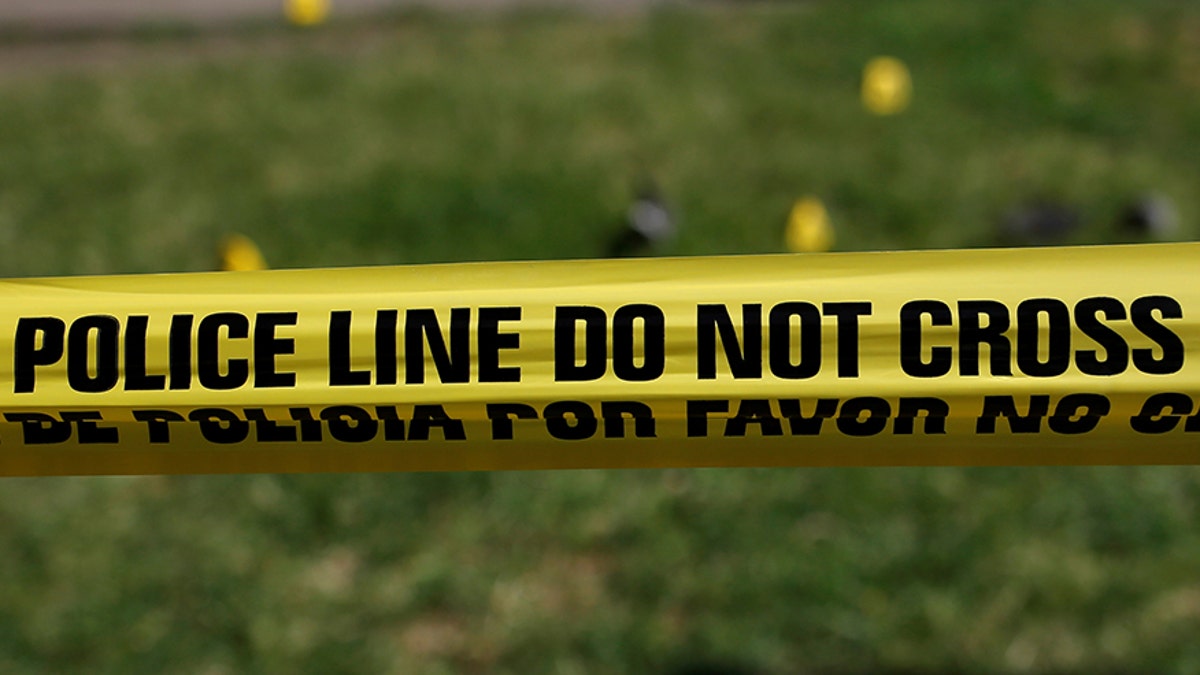
File photo - Police tape marks a crime scene in Dallas in 2016. (Reuters)
Scientists at Flinders University in Australia have developed a DNA analysis technique that could provide a valuable weapon in the fight against crime.
“We know that some people pass on more of their DNA because when they touch something more of their cells are left behind,” said Professor Adrian Linacre, chair of Forensic DNA technology at Flinders University, in a statement. “They are called shedders but it’s very difficult at the moment to see who is a shedder.”
Scientists have developed a special dye that lets researchers see otherwise invisible traces of DNA, Paul Kirkbride, a forensic science professor at Flinders University and co-author of the research paper, told Fox News.
ANCIENT 'TWO BROTHERS' MUMMY MYSTERY SOLVED THANKS TO HIGH-TECH DNA TEST
“When, for example, a person touches an object, a fingermark will be left behind,” he explained, via email. “Fingermarks such as these can be very valuable because it is now well-known that they could contain the DNA of the person who left the mark.”
“At a crime scene, or on objects submitted to the lab, such a smudge of DNA is often invisible,” Kirkbride added. “Therefore the DNA analyst or crime scene examiner is forced to carry out their work blind.”
The dye, however, quickly reveals areas where DNA has been left.
“The crucial part is to be able to take a sample from that to find out who touched an item, and that is where this test can make a difference,” said Linacre.
Some 11 DNA donors participated in the Flinders research study, which analyzed 264 fingerprints. The results are published in the journal Forensic Science International: Genetics.
The research also revealed that men shed more DNA than women and thumbs leave the most accurate traces, according to Kirkbride.
Follow James Rogers on Twitter @jamesjrogers








































